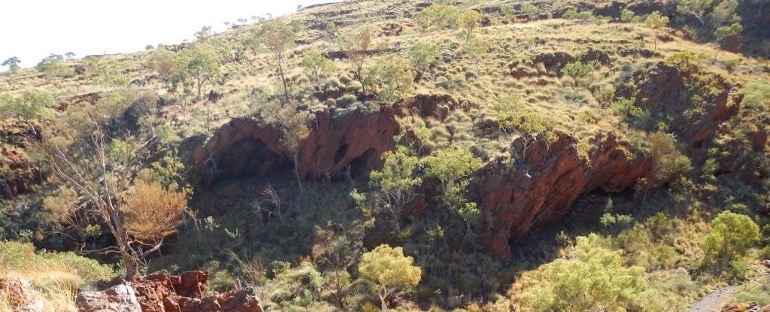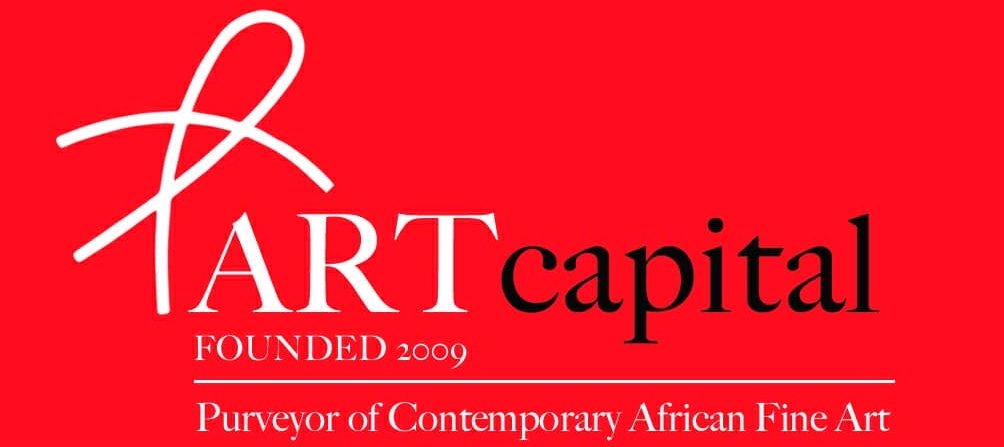By Nii B. Andrews.
The renowned scholar and art historian, Chike Okeke-Agulu has launched a scathing critique of the auction house, Christie’s.
This is on account of Christie’s auction – Art d’Afrique, d’Océanie et d’Amérique du Nord” scheduled for Paris on June 29.
A pair of classic Igbo sculptures in that auction are “sacred sculptures” from the collection of Jacques Kerchache a famous French collector now deceased.
The pair are to be sold as one lot with an estimated value of USD 283K -396K.
Christie’s in the auction catalog states that the objects were “acquired in situ” between 1968 and 1969.
Okeke-Agulu contends that the objects – from the Nri-Awka area of Nigeria, about 30 minutes away from where he grew up, were removed from Nigeria by Jacques Kerchache during the Biafra War.
In a 2017 seminal article published in the New York Times, Okeke-Agulu emphasized that his mother had indicated upon reviewing catalogs of Igbo art pieces in foreign collections that, “the disappearance of similar sculptures from our hometown shrines in southeastern Nigeria, and the end of the associated festivals, was one of her most painful memories of that war.”

For the last several years he has documented missing Igbo sculptures and diligently tracked those in foreign collections.
Okeke-Agulu is emphatic that “No one should be selling those objects right now precisely because these are blood art as far as I’m concerned…..there are blood diamonds, and this is what I would call blood art.”
He continued, “Art that was expropriated during that period—and you have documentation of that—should not be sold until someone in Nigeria can make a case for its return. Public sales of these objects should stop. They can’t go on with that sale.”
Others may argue quite simply that the 1970 UNESCO Convention does not cover cultural property/objects removed before that (?arbitrary) date.
But does the practice of ethics – in any profession or walk of life, not require thoughtfulness, consideration and yes, intelligence?
Does the moral law not indicate that we must reason ethically?
Do our universities – where our doctors, lawyers, accountants, engineers, investment bankers, research scientists, curators are trained, really fail so terribly in imparting ethical and moral responsibility?

A few weeks ago with state government approval, the world’s biggest iron ore miner, Rio Tinto, destroyed two caves/ rock shelters at Juukan Gorge that had previously contained evidence of continual human habitation stretching back 46,000 years.
This occured as part of Rio Tinto’s Brockman mine expansion in the iron-rich Pilbara region in Australia.
The caves were sacred to the Aboriginal people – Puutu Kunti Kurrama and Pinikura people. These sites had deep historical and cultural significance and were the only inland site in Australia showing human occupation continuing through the last Ice Age.
Certainly, the matter of the pair of Igbo sacred sculptures slated for auction cannot simply be handled as business as usual.
Amid the heightened global awareness over the treatment of minorities around the world and the interest in the restitution of cultural property it will be interesting to see how the matter is resolved.
